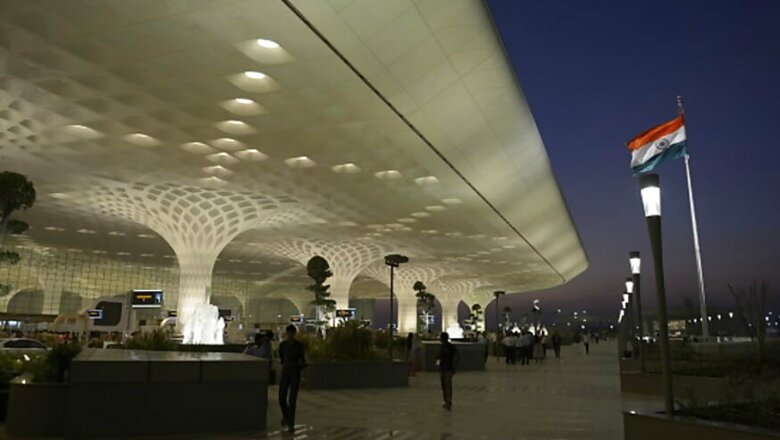
views
Airport operator MIAL on Tuesday said it has taken various measures to safeguard passengers and the aircraft at the aerodrome in the wake of cyclone Nisarga, which is expected to make landfall close to the city on Wednesday.
Aviation regulator DGCA has issued a circular to airlines and pilots reiterating its guidelines on adverse weather operations.
As part of the exercise, preventive checks at different airport functions have been carried out and the airport has ensured that diesel generator sets are in place to provide uninterrupted power supply, the Mumbai International Airport Ltd (MIAL) said in a release.
A meeting was held with all stakeholders on the issue of devising preventive measures to tackle potential adversities accompanied by the cyclone, the airport operator said.
Additionally, water pumps have been positioned across the airport to clear water in case of waterlogging, it added.
Furthermore, food and beverage counters at the airport will be operational for passengers round-the-clock, it said adding, these counters will continue to operate the safety measures adopted against ongoing pandemic.
A dedicated team has been placed on standby at the airport to assist in this wary situation while other measures include efficient personnel management to account for the possibility that the relieving team may not be able to reach the airport to take over their shift besides the logistical supports arrangement of like vehicles, food and tea/coffee, among others.
Earlier, the Directorate General of Civil Aviation (DGCA) in the circular said the domestic aviation activities have recently been started after a period of two months and the operators and individuals have a challenge at hand in restarting flying after a prolonged period of non-flying and the associated weather at this time of the year across India.
This circular is being issued to operators and pilots to reiterate some existing guidelines on adverse weather operations and suggested measures "to cater for the gap in flying of pilots", it said.
"Fuel uplift calculation should be done very judiciously and it should take into account enroute and destination weather and trend forecast," the DGCA said while stating in another guideline that "correct use of weather radar is very important, a common error is not having the weather radar in correct mode and range during take-off."


















Comments
0 comment